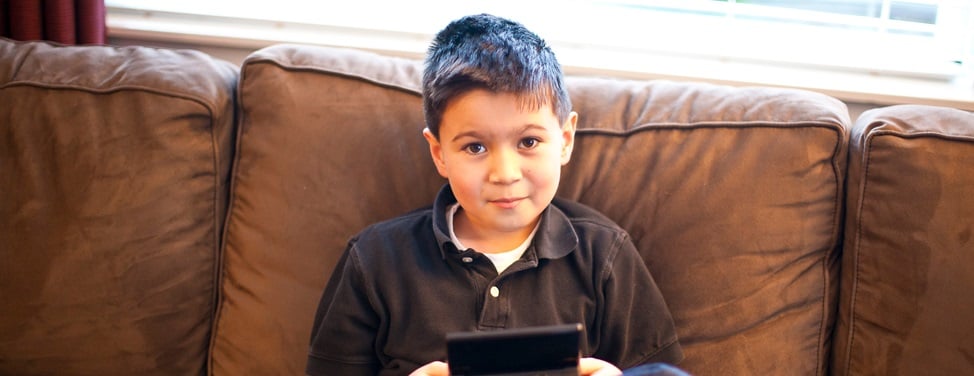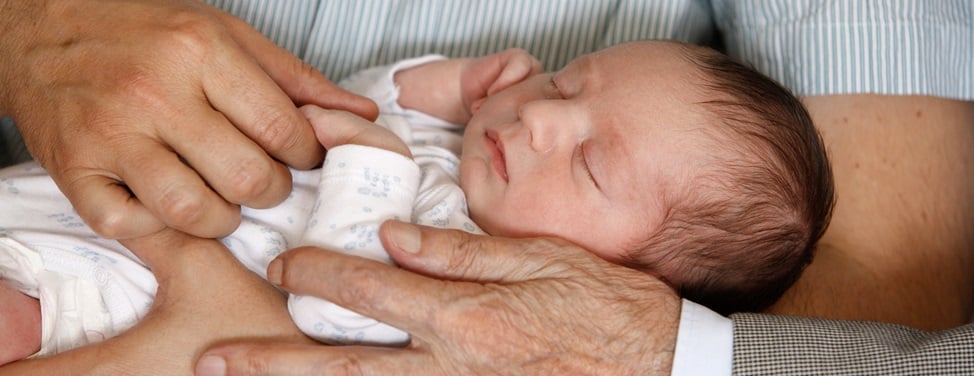What is Clean Intermittent Catheterization (CIC) of the urethra?
Catheterization is the insertion of a hollow plastic tube (catheter) into the bladder through the urethra. Because the catheter is hollow, urine will flow through it and the bladder will empty. It is best done at regular intervals, and on a set schedule each day.
Why should my child catheterize?
Intermittent catheterization is used for those who donʼt empty their bladders well. There are several advantages to intermittent catheterization, including:
- Catheterization eliminates residual urine, which is urine that stays in the bladder when the bladder doesnʼt completely empty. This residual urine allows bacteria to grow and multiply. Incomplete emptying is a common cause of urinary tract infection.
- Complete and regular bladder emptying will help prevent urinary incontinence (leakage of urine).
- Catheterization keeps the bladder empty so that the urine can flow more easily out of the kidneys.
Learning Clean Intermittent Catheterization (CIC)
It is recommended that at least one family member/parent learn how to performed the catheterization. Your child is encouraged to participate in CIC as much as developmentally and physically possible.
When can my child learn to catheterize him or herself?
When developmentally appropriate, we recommend that your child participate in self-CIC. This shift of responsibility is a gradual process. Start by having your child watch the catheterization be performed. With time, your child can hold the lubricant, and then be responsible for removing the catheter. Eventually, they will be able to do self-CIC independently and it will become routine.
Frequency
We recommend a normal frequency of emptying, usually at least every 3 hours throughout the day. Depending upon your childʼs diagnosis, nighttime catheterization may or may not be indicated. Many times it is sufficient to catheterize before bedtime and immediately upon waking. If your child is awake during the night for another reason, you can take this opportunity to perform catheterization.
Catheter Care
Catheter care involves washing catheters with soap and water. It may be helpful to use a water-filled syringe to flush the catheter. Lie the catheter on a towel or hang it to dry in a clean, appropriate and designated area. Catheters may be reused multiple times. Some patients use the same catheter for months and remain infection free. The key is adhering to a strict catheterization schedule. Use commonsense when assessing your child's catheters. If the catheter appears cloudy after washing it or becomes too soft to insert due to multiple washings, it may be time for a new one.
Tips for school-age children, children in day-care, or those away from home for several hours (ie, those in situations that will make it difficult to clean the catheters):
- Take as many catheters as you will need to catheterize while away from home.
- Take an extra plastic bag or container to put the dirty catheters in to\ wash later at home.
- Take extra handy wipes to clean hands in case the bathroom is out of soap. It may be cleaner and easier to wash your hands with the wipes after getting set up to cath, but before touching the clean catheter.
What do I need to watch out for?
If your child has a temperature above 101 F, irritability, or disinterest in eating/drinking, you should contact your primary care physician immediately as the child may have an infection. If there is difficulty inserting the catheter, or it is not draining well after insertion, then you should contact us immediately.

































